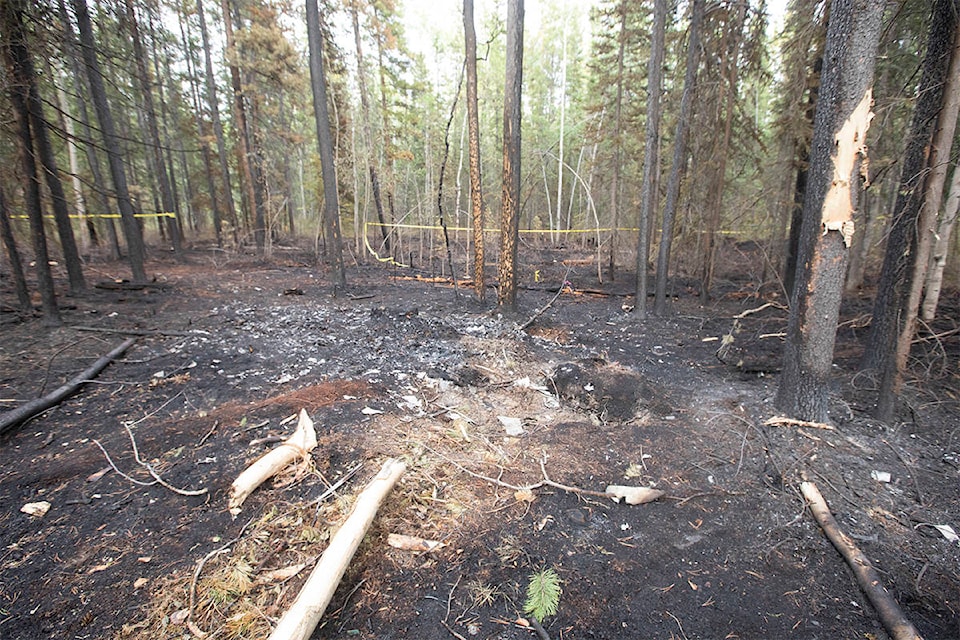What exactly caused a fatal airplane crash in the spring in Whitehorse is inconclusive, according to a report by Transportation and Safety Board of Canada — but the report does suggest that the pilot may have applied flaps along the wings of the Cessna too much.
Two off-duty Alaskan U.S. National Park Service employees were killed the evening of May 27. Charles Eric Benson, a 56-year-old from Palmer, and Jeffrey Brian Babcock, a 58-year-old from Wasilla, were found dead in wreckage just south of the airport, the Yukon Coroner’s Service said in a press release the following day.
The plane, a vintage Cessna from 1952, did not climb higher than 50 feet after takeoff, the report says, noting that flaps were set to 40 degrees, then roughly 30 degrees.
“The Cessna 170B owner’s manual clearly states that the use of flaps at higher density altitudes is not recommended,” it says.
While drag may be warranted at times during takeoff, the angle of the flaps in this case are typically used when landing, said Jon Lee, the western regional manager of the board.
“It’s just too much drag to go to that flap setting at a takeoff,” he said.
It wouldn’t be fair to base the entire crash on the pilot’s use of flaps, Lee said.
There are several variables that could impact how well an aircraft climbs, he said, like weather, weight and power.
“So, we can’t say, because we don’t have enough detail as to which all of those elements contributed to a climb performance issue.”
Wind, for instance, may have complicated things, too.
The report says that the investigation wasn’t able to determine why takeoff was followed through with during a “performance-decreasing wind.”
“If the aircraft is not performing as expected during takeoff and there is sufficient runway remaining to bring the aircraft to a stop, pilots should consider discontinuing the takeoff,” it says.
A fire consumed the entire plane after it crashed, destroying information that could have showed what caused it to go down, Lee said.
“In this case, because the post-impact fire was so intense, we don’t have the ability to rule out beyond doubt anything with the engine, for example.”
The plane was registered to Benson, while Babcock is believed to have been piloting at the time of the crash. They had picked it up in Minnesota and were flying it to Alaska.
Both occupants of the plane were well-experienced pilots. Babcock had nearly 10,000 hours of flight time and had flown single-engine planes in the past. Benson, a former helicopter pilot with the U.S. military, had clocked 1,400 hours, 160 hours of which were spent flying Cessna-like aircrafts.
Contact Julien Gignac at julien.gignac@yukon-news.com
